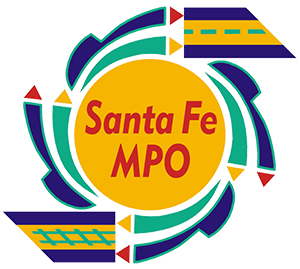A Visual Guide to the
Metropolitan Transportation Plan
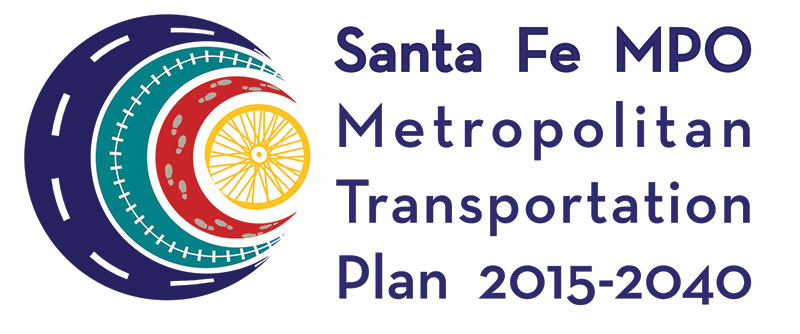
The Santa Fe MPO 2015-2040 Metropolitan Transportation Plan (MTP) integrates mode-specific master plans and three recent major corridor studies and addresses pedestrian, bicycle, transit, rail and road needs.


Create and maintain a safe, efficient, and reliable transportation system with viable transportation options accessible for all users.


Safety
System Preservation
Mobility and Accessibility
CONGESTION RELIEF AND SYSTEM OPERATIONS
ECONOMIC AND COMMUNITY VITALITY
ENVIRONMENTAL STEWARDSHIP
PARTNERSHIP AND FUNDING


Community values are woven into the goals, objectives, performance measures, and ultimately, evaluation criteria used to identify high priority transportation projects.



Biking and walking continue to see an increase in mode share in the Santa Fe metro area, likely as a result of expanded infrastructure, increased awareness and concern about climate change, the positive health and wellness impacts, and time and money savings.




Several public surveys were conducted to help inform decisions; the response was strong:
Bike to Work Week Santa Fe Surveys completed
Pedestrian Plan online surveys completed
Transit Plan online surveys completed
MTP online surveys completed


Transportation planning must now consider the impact that the Millennials’ preferences will have on the use of the existing transportation network and their demand for transit services and walkable communities.
VMT, or vehicle miles traveled is a measure of the amount of vehicular travel in a specified region over a specified period of time. The calculation is based on the the roadway lengths and the traffic counts of an area.


The Santa Fe region needs to be ready for the impact the aging baby boomers will have on the larger transportation system and the shift in how and where this population is choosing to age.


In 2007, the Santa Fe MPO supported the national “Complete Streets” movement through a resolution. Complete Streets are roadways designed to accommodate safe access for pedestrians, bicyclists, motorists, and transit riders of all ages and abilities.
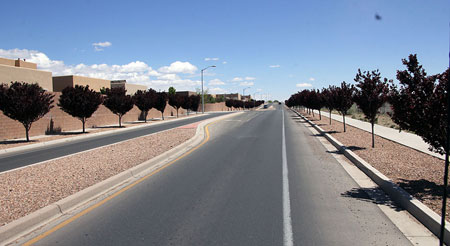
South Meadows Road Between Airport and Agua Fria
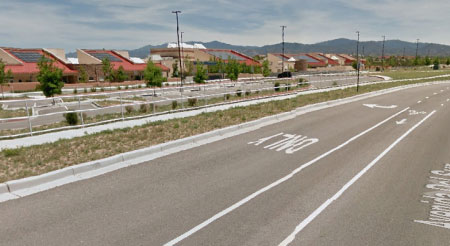
Amy Biehl Community School
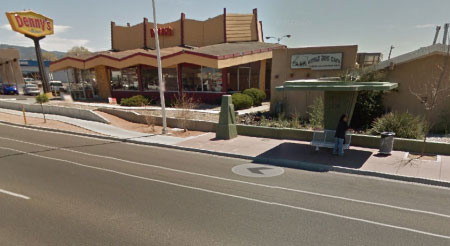
Cerrillos Road Improvements


The MPO will track 13 performance measures over time to gauge progress toward meeting our goals and performance targets.
- Mode split
- Housing and Transportation Affordability Index
- Annual transit ridership
- Total crashes per VMT
- Bicycle crashes per 10k daily commuting pedestrians
- Total number of fatalities and serious injuries
- Percent of road, bike, pedestrian, and transit facilities in good or fair condition
- Number of miles of sidewalks, multi-use paths, and on-road bicycle facilities
- Vehicle delay per capita
- Annual tons of mobile source GHG emissions
- Number of projects that incorporate sustainable design
- Total transportation funding by mode


With limited funding available across all transportation modes and an active community desiring context sensitive and complete transportation improvements, the process of prioritizing projects must be comprehensive and strive to identify those projects that will most effectively move our region’s transportation system toward fulfilling our vision and achieving our goals. As such, the prioritization process for each transportation mode is linked to the goals, objectives, and performance measures.





List of regional project priorities which exceed the funding available between 2015 and 2040. If funding were available, these projects would be included in the fiscally constrained project list.


The “Fiscally-Constrained” project list includes those regional priority projects that are anticipated to be built or implemented with the transportation revenues that are reasonably expected to be available over the next 25 years.



The fiscally constrained roadway plan includes 39 projects to be funded over the next 25 years with the estimated $232 million in revenue. Priority roadway projects are expected to contribute the greatest toward meeting the overall system performance targets and goals. Consistent with the MPO’s Complete Streets Policy, the priority roadway projects are multimodal and are expected to improve the biking, walking, transit riding, and driving experience.

The Santa Fe Metropolitan Public Transit Master Plan (PTMP) includes short, mid and long term strategies to address planning, marketing, infrastructure, and other needs designed to ensure sustainability and growth in transit ridership. Prioritized transit activities include service at Zia Station, construction for Southside and Sheridan Avenue transfer facilities, and quarterly planning meetings, among other ongoing coordination, and enhancement activities.

The Santa Fe Metropolitan Pedestrian Master Plan (PMP) identifies more than 250 locations for pedestrian improvements through public input and data analysis. Roughly a quarter of the locations fall within 10 designated “Areas of Critical Concern” that call for improvements for safe passage for pedestrians, bicycles and vehicles. The plan prioritizes the need for the formation of a pedestrian advocacy committee to help coordinate implementation efforts.

The Santa Fe Metropolitan Bicycle Master Plan (BMP) emphasizes that bikeway planning and development focus on continuing to develop “arterial” trail alignments and on-street and off-street connections to those alignments. Several high priority bike projects have been constructed using the City of Santa Fe and Santa Fe County GO Bond funds, supplemented with Federal funds.


Office Address
Monica Roybal Center
737 Agua Fria Street
Santa Fe, NM
View Map
Office Hours
8:00 am – 5:00 pm
Tuesday, Thursday, Friday
Virtually 8 -5 weekdays
(505) 955-666four
CONTACT US PRIVACY POLICY SUBSCRIBE
©2019 Santa Fe MPO | All Rights Reserved
